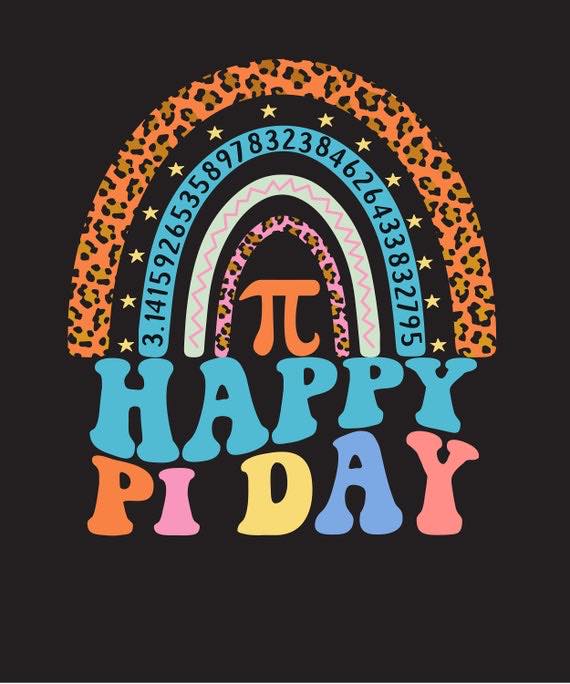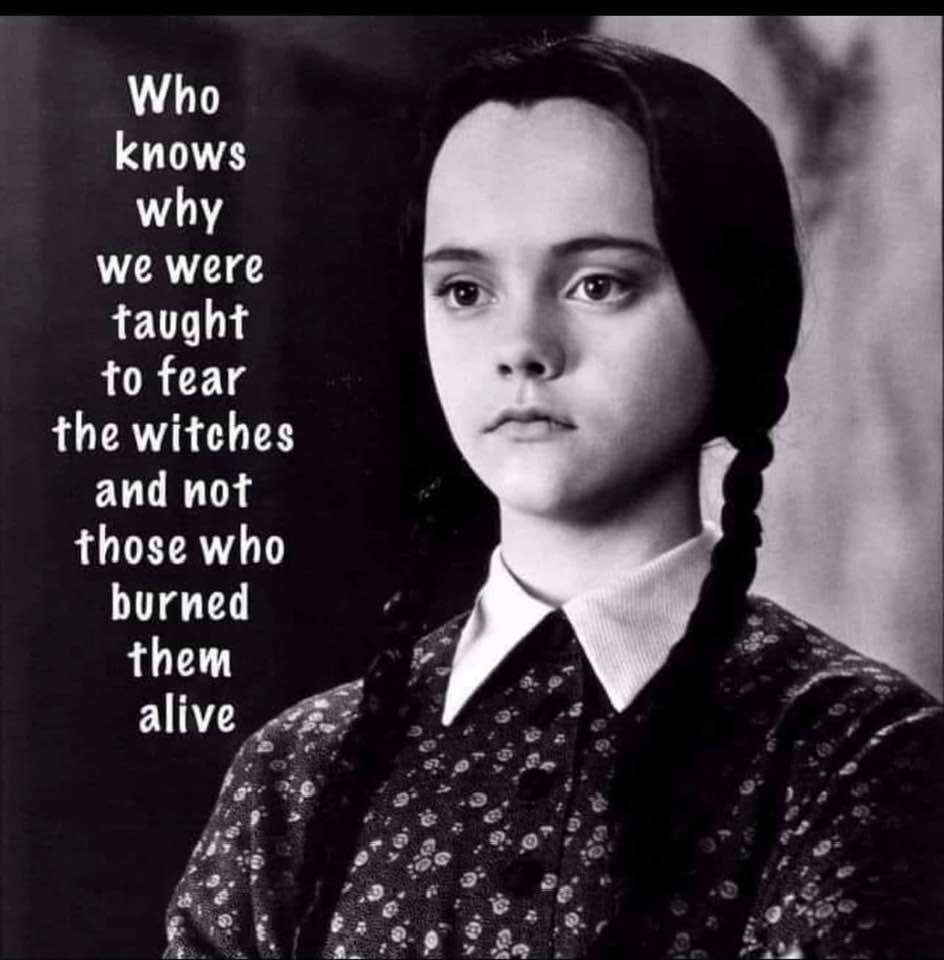Blog
Ryland Peter Cooder (born March 15, 1947) is an American musician, songwriter, film score composer, record producer, and writer. He is a multi-instrumentalist but is best known for his slide guitar work, his interest in traditional music, and his collaborations with traditional musicians from many countries.
Cooder’s solo work draws upon many genres. He has played with John Lee Hooker, Captain Beefheart, Taj Mahal, Gordon Lightfoot, Ali Farka Touré, Eric Clapton, the Rolling Stones, Van Morrison, Neil Young, Randy Newman, Linda Ronstadt, Vishwa Mohan Bhatt, David Lindley, the Chieftains, Warren Zevon, Manuel Galbán, the Doobie Brothers, Little Feat, and Carla Olson and the Textones (on record and film). He formed the band Little Village, and produced the album Buena Vista Social Club (1997), which became a worldwide hit; Wim Wenders directed the documentary film of the same name(1999), which was nominated for an Academy Award in 2000.
Cooder was ranked at No. 8 on Rolling Stone magazine’s 2003 list of “The 100 Greatest Guitarists of All Time”, while a 2010 list by Gibson Guitar Corporation placed him at No. 32. In 2011, he published a collection of short stories called Los Angeles Stories.
more...Charles Lloyd (born March 15, 1938) is an American jazz musician and composer. He primarily plays tenor saxophone and flute and occasionally other reed instruments, including alto saxophone and the Hungarian tárogató. Lloyd’s primary band since 2007 has been a quartet including pianist Jason Moran, acoustic bassist Reuben Rogers, and drummer Eric Harland.
more...Samuel John “Lightnin’” Hopkins (March 15, 1912 – January 30, 1982) was an American country blues singer, songwriter, guitarist and occasional pianist from Centerville, Texas. In 2010, Rolling Stone magazine ranked him No. 71 on its list of the 100 greatest guitarists of all time.
The musicologist Robert “Mack” McCormick opined that Hopkins is “the embodiment of the jazz-and-poetry spirit, representing its ancient form in the single creator whose words and music are one act”. He influenced Townes Van Zandt, Hank Williams, Jr., and a generation of blues musicians such as Stevie Ray Vaughan, whose Grammy-nominated song “Rude Mood” was directly inspired by the Texan’s song “Hopkins’ Sky Hop”. In his own lifetime, Hopkins was one of the initial inductees in 1980 to the Blues Hall of Fame.
more...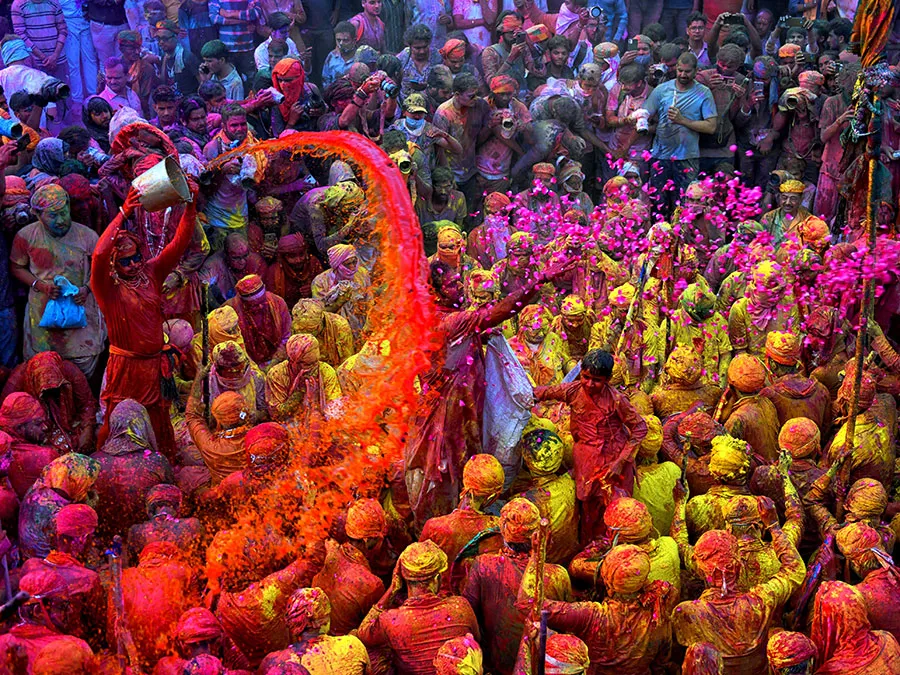
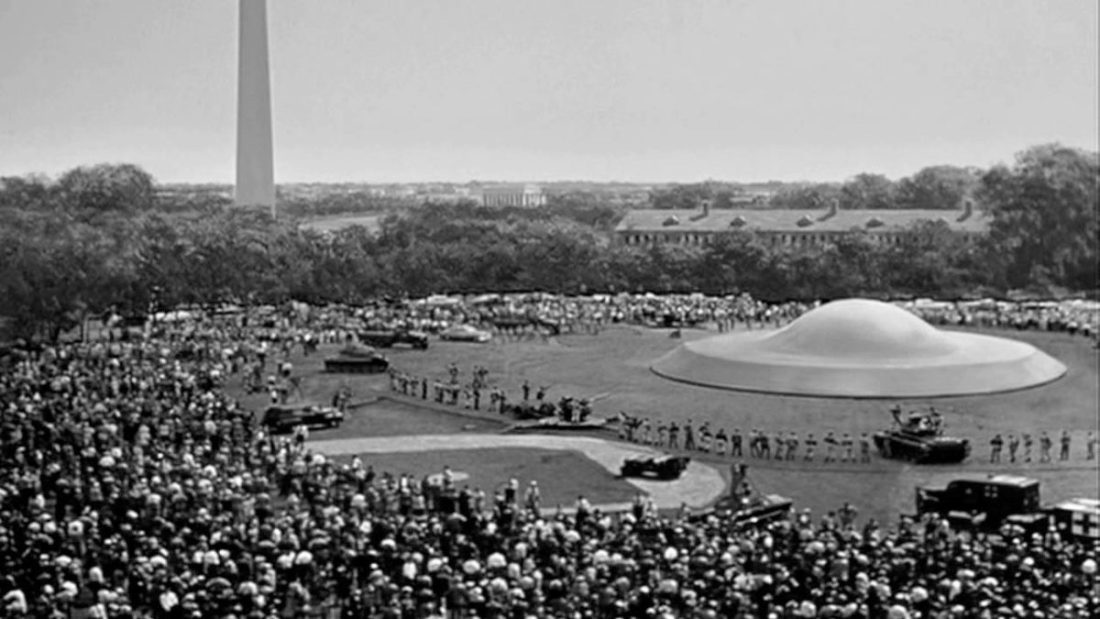
Georg Philipp Telemann (24 March [O.S.14 March] 1681 – 25 June 1767) was a German Baroque composer and multi-instrumentalist. He is one of the most prolific composers in history, at least in terms of surviving oeuvre. Telemann was considered by his contemporaries to be one of the leading German composers of the time, and he was compared favourably both to his friend Johann Sebastian Bach, who made Telemann the godfather and namesake of his son Carl Philipp Emanuel, and to George Frideric Handel, whom Telemann also knew personally.
Almost completely self-taught in music, he became a composer against his family’s wishes. After studying in Magdeburg, Zellerfeld, and Hildesheim, Telemann entered the University of Leipzig to study law, but eventually settled on a career in music. He held important positions in Leipzig, Sorau, Eisenach, and Frankfurt before settling in Hamburg in 1721, where he became musical director of that city’s five main churches. While Telemann’s career prospered, his personal life was always troubled: his first wife died less than two years after their marriage, and his second wife had extramarital affairs and accumulated a large gambling debt before leaving him. As part of his duties, he wrote a considerable amount of music for educating organists under his direction. This includes 48 chorale preludes and 20 small fugues (modal fugues) to accompany his chorale harmonisations for 500 hymns. His music incorporates French, Italian, and German national styles, and he was at times even influenced by Polish popular music. He remained at the forefront of all new musical tendencies, and his music stands as an important link between the late Baroque and early Classical styles. The Telemann Museum in Hamburg is dedicated to him.
more...Robert Pete Williams (March 14, 1914 – December 31, 1980 Zachary, LA) was an American Louisiana blues musician. His music characteristically employed unconventional structures and guitar tunings, and his songs are often about the time he served in prison. His song “I’ve Grown So Ugly” has been covered by Captain Beefheart, on his album Safe as Milk (1967), and by The Black Keys, on Rubber Factory (2004).
more...3-14-1951 EUGENE GREY is an internationally traveled and acclaimed Jamaican guitarist, arranger, composer, and music educator. According to Rootz Reggae & Kulcha magazine, “Eugene Grey is yet another of the many genius guitarists of world class status that Jamaica has produced” playing professionally from the age of 14. Eugene has toured worldwide as lead guitarist with such artists as Grammy Award winners Burning Spear and Toots and the Maytals, Sly and Robbie as well as Culture, Fab 5, and the internationally acclaimed Kid Creole and the Coconuts. Other artists Eugene has performed with include Max Romeo whom he toured with for the first time in Europe, Horace Andy, Big Youth, The Harlem Renaissance Orchestra, America’s Singing Poet Steve DePass, West Africa’s Abdou M’Boup and Vieux Diop, Tony Cafresi and His Latin Orchestra, The Wailers, and The Skatalites.
Another aspect of Eugene’s career included performing as musician in theatre musicals. He was a member of the orchestra in the Off-Broadway play “In A Pigs Valise” in 1989; “Pecong” in 1991 at Newark Symphony Hall and the Off Broadway Classical musical “Sally and Tom” at Castillo Theatre in 1995/96. He was Musical Director for the Off-Broadway musical “Rasta” in 1995 as well as in 2004 for Irving Burgie’s musical revue “Day-O” at the Stratford East in London. Eugene had years earlier arranged 42 of the original songs of his longtime employer, Irving Burgie for this Broadway Musical review that were made famous by Harry Belafonte.
more...Erev Shabbat Service with speaker Omri Barkin and Purim Celebration music with Inbal Sharret-Singer, Jayson Rodovsky, Pete Whitman and mick laBriola
more...Two protostars are hidden in a single pixel near the center of a striking hourglass-shaped nebula in this near-infrared image from the James Webb Space Telescope. The actively forming star system lies in a dusty molecular cloud cataloged as Lynds 483, some 650 light-years distant toward the constellation Serpens Cauda. Responsible for the stunning bipolar outflows, the collapsing protostars have been blasting out collimated energetic jets of material over tens of thousands of years. Webb’s high-resolution view shows the violence of star-formation in dramatic detail as twisting shock fronts expand and collide with slower, denser material. The premier close-up of the star-forming region spans less than 1/2 a light-year within dark nebula Lynds 483.
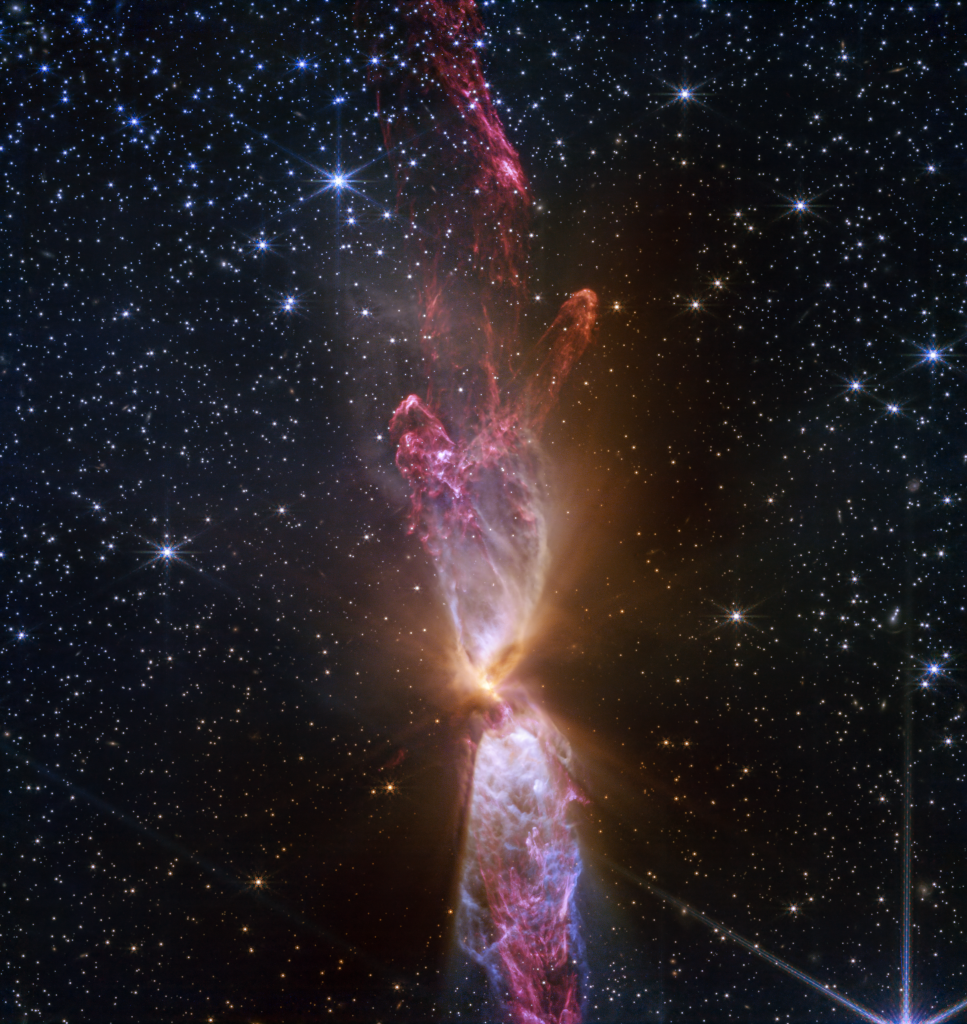
Ulvi Cemal Erkin (Turkish pronunciation: [ulˈvi dʒeˈmal æɾˈcin]) (March 14, 1906 – September 15, 1972) was a member of the pioneer group of symphonic composers in Turkey, born in the period 1904–1910, who later came to be called The Turkish Five. These composers set out the direction of music in the newly established Turkish Republic. These composers distinguished themselves with their use of Turkish folk music and modal elements in an entirely Western symphonic style.
more...More Posts
- Ray Mantilla Day
- Cal Green Day
- World Music with ESTRELLA MORENTE
- Daily Roots with Sizzla
- The Cosmos with NGC 5426/27
- Eric Reed Day
- Lalo Schifrin
- Skip James Day
- World Music with Alekos K. Vretos
- Daily Roots with Ijahman Levy
- The Cosmos with M16
- Eric Dolphy Day
- Lazy Lester Day
- World Music with Obo Addy
- Daily Roots with Bob Marley
- The Cosmos with Fleming 1
- Ernest Ranglin Day
- Billy Drummond Day
- World Music with Lela Tataraidze
- Daily Roots with the Skatalites
